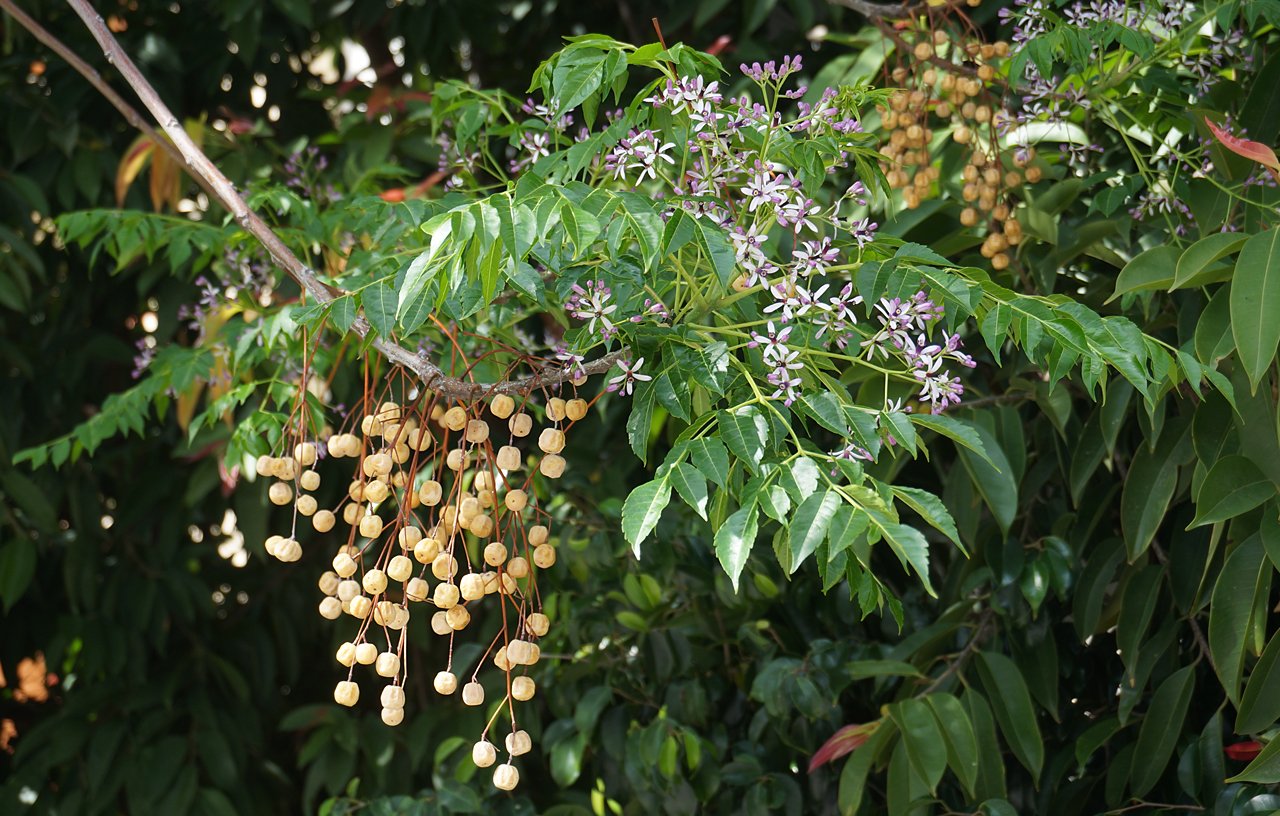Thomas Lamboll & the Chinaberry Tree
Do you recognize this bird? What about the plant upon which it perches?
The white-eyed virio is a small songbird that can still be spotted (and heard) throughout the southeast, though its numbers are far fewer than once recorded by naturalists in the region. Here, it’s placed in a chinaberry tree - also known by names as varied as Persian lilac, white cedar, or pride of India. But what do these species have to do with Charleston?
John James Audubon (1785-1851) explored the Texas coast in the spring and early summer of 1837. He noted dozens of different types of birds and provided rough estimates of their numbers. Among them was a “great number” of White-eyed vireos moving from south to north.
While living and working in New Orleans, Audubon observed that the White-eyed vireos started arriving on March 1, sometimes sooner depending on the weather. His search in areas with such vegetation as briars, sumac, and evergreen bushes in “detached groves in abandoned fields” and similar habitat contained White-eyed vireos “so abundant, that it would be more difficult not to meet one, than to observe a dozen or more.”
During his exploration of the Columbia River from 1834 to 1836, explorer John Kirk Townsend noted the White-eyed vireo occurring along the Columbia River. And while exploring Labrador and Nova Scotia in the summer of 1833, Audubon noted seeing the White-eyed vireo. Today the White-eyed vireo would be considered a very rare occurrence anywhere near the Columbia River or eastern Canada. Furthermore, where the White-eyed vireo typically occurs today, the numbers are far from abundant.
If the White-eyed vireo was once abundant in Charleston, South Carolina, so was the tree in which Audubon placed the White-Eyed vireo for Birds of America.
Chinaberry (Melia azedarach) is the only tree not native to North America that appears in the book. The person who likely made the tree available to growers was Thomas Lamboll, who lived at 19 King St. right here in Charleston. His property included a magnificent, three-story Charleston single house and a garden that stretched from the house’s piazzas to the Ashley River - a span which today requires a walk of two of Charleston’s city blocks. Lamboll also cultivated the Paper mulberry (Broussonetia papyrifera), but the Chinaberry was likely much more successful - it was common enough for Audubon to pair it with the White-eyed vireo in Birds of America.
A campaign in 1764 to beautify Charleston, provide shade on hot summer days, and improve air quality prompted an ordinance for residents to plant trees. The ordinance specified that the trees be planted between the town's streets and sidewalks, and suggested that some of the best trees to grow included some of Lamboll’s available chinaberry trees, rather than slower-growing native species such as Southern magnolia or Live oak.
The Chinaberry tree can also still be found growing in many places in Charleston and has spread to many other parts of the southeastern United States, even becoming considered invasive in some cases. On the other hand, the Paper mulberry had a harder time adapting to the Lowcountry.
Want to learn more about the stories behind local flora and fauna? Join us on our tour exploring the Natural History of Charleston & The Lowcountry with naturalist Layton Register, offered each Saturday and Monday.
Researched and written by Layton Register | Edited by Anna Zlotnicki





